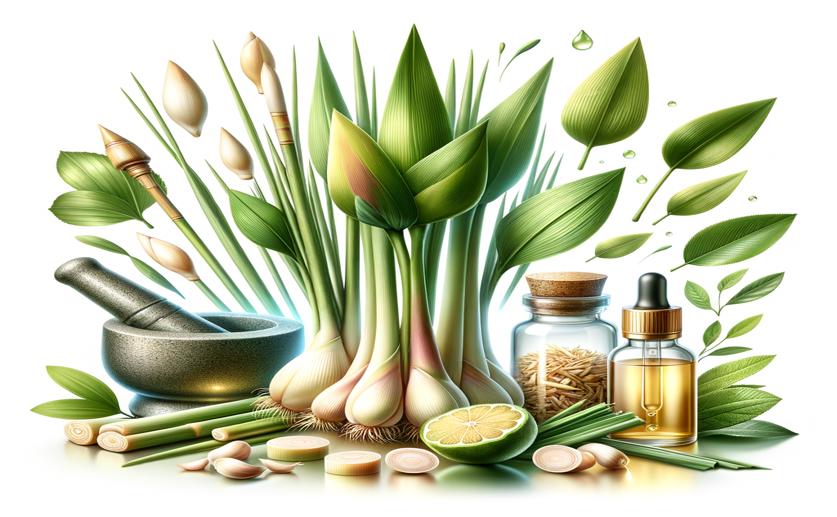
Health Benefits of Extracts from Different Parts of Three Types of Lemongrass
Greg Howard
19th July, 2024

Image Source: Natural Science News, 2024
Key Findings
- The study by Universitas Airlangga analyzed the antimicrobial and antioxidant properties of ethanolic extracts from three Indonesian Cymbopogon species
- GC-MS analysis identified 53 metabolites, with 2,5-bis(1,1-dimethylethyl)-phenol, alpha-cadinol, and 1,2-dimethoxy-4-(1-propenyl)-benzene being the most abundant
- C. winterianus and C. nardus leaves showed the highest antioxidant activity, while C. nardus leaf and C. winterianus stem extracts exhibited strong antimicrobial activity against various bacteria
- Cytotoxicity assays indicated low toxicity for all extracts, suggesting they are safe for potential therapeutic use
References
Main Study
1) The antioxidant and antimicrobial activity of ethanolic extract in roots, stems, and leaves of three commercial Cymbopogon species.
Published 18th July, 2024
https://doi.org/10.1186/s12906-024-04573-4
Related Studies
2) Antifungal and biofilm inhibitory effect of Cymbopogon citratus (lemongrass) essential oil on biofilm forming by Candida tropicalis isolates; an in vitro study.
3) Antimicrobial Activity of Lemongrass Essential Oil (Cymbopogon flexuosus) and Its Active Component Citral Against Dual-Species Biofilms of Staphylococcus aureus and Candida Species.
4) Lemongrass (Cymbopogon citratus)-incorporated chitosan bioactive films for potential skincare applications.



 11th July, 2024 | Greg Howard
11th July, 2024 | Greg Howard